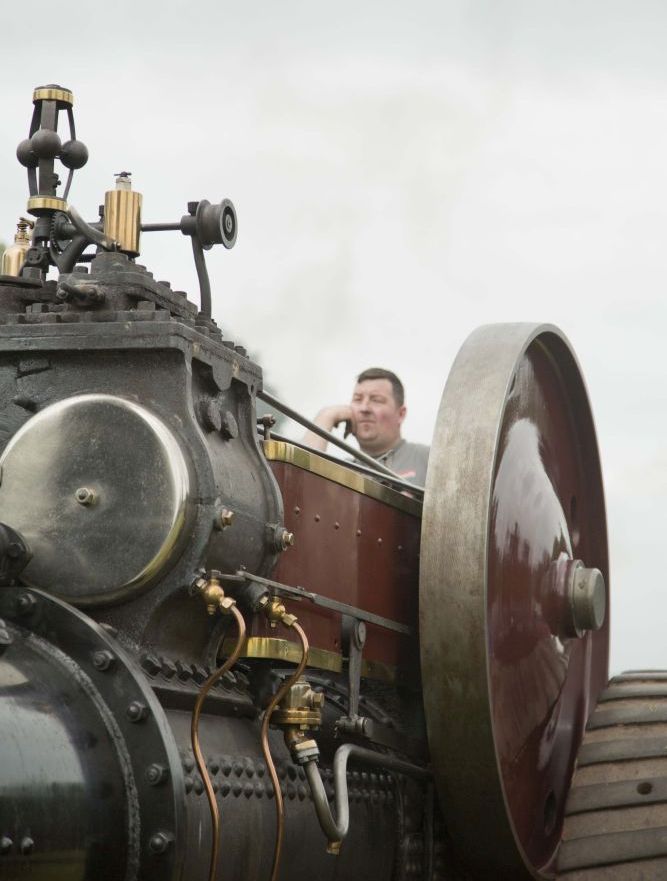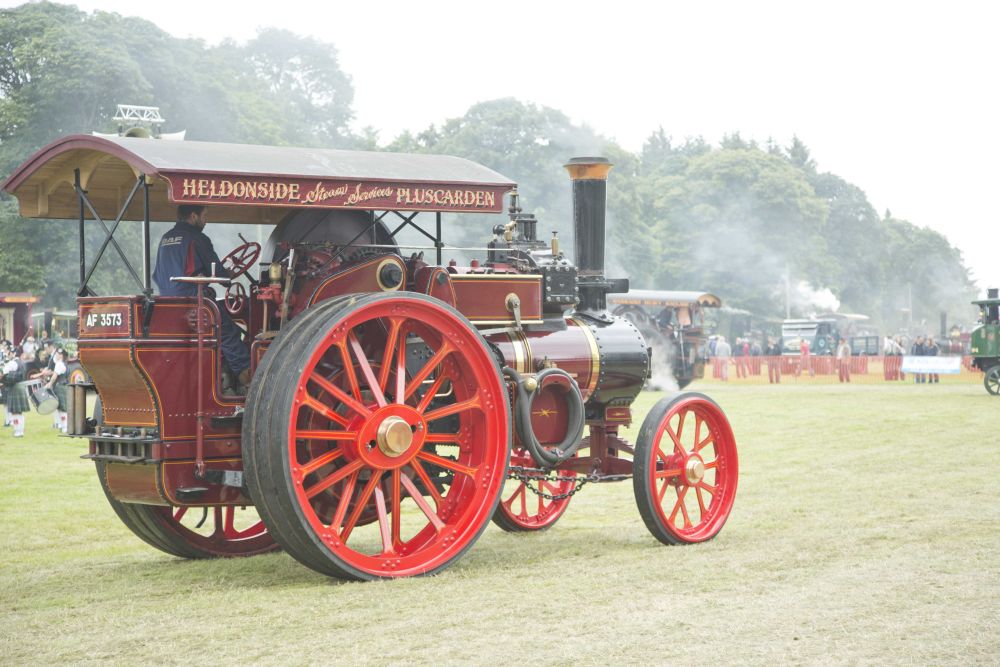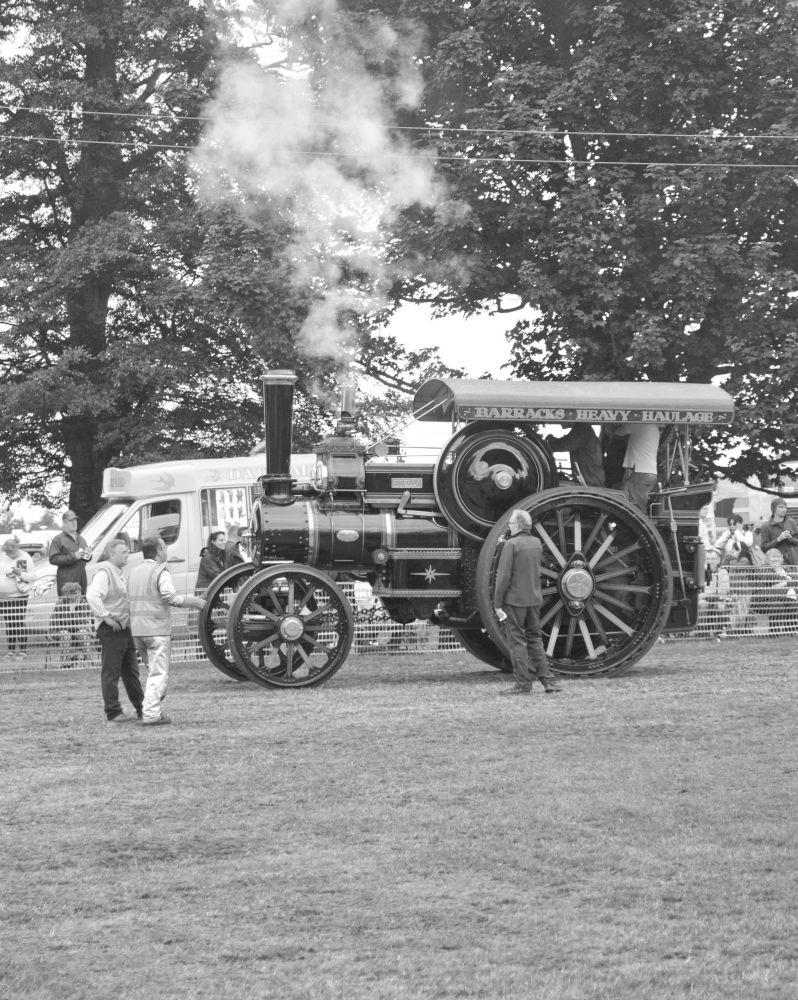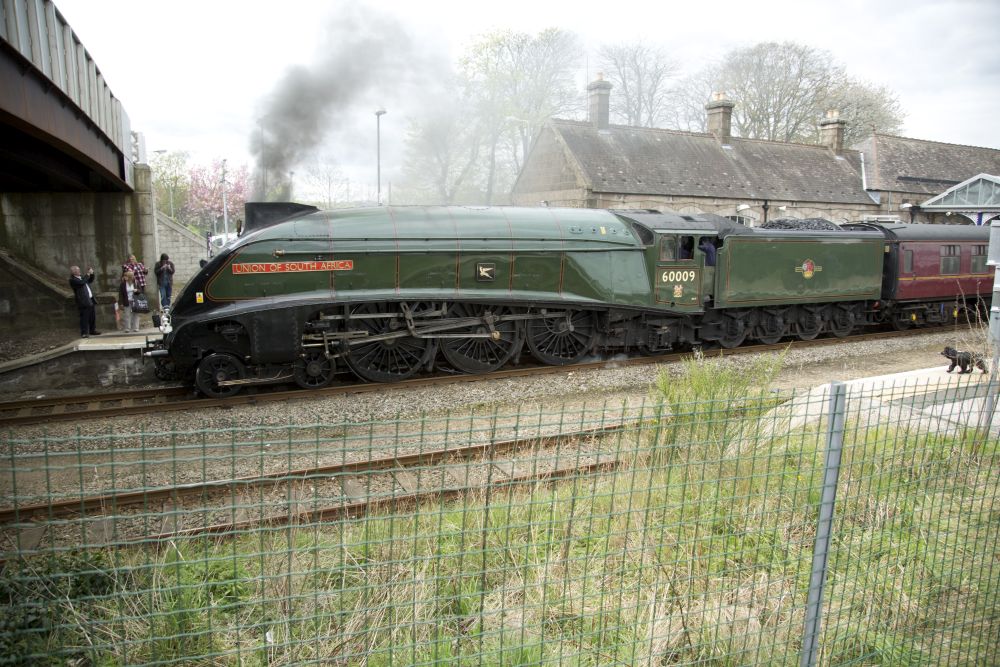There are well over 25 thousand museums in the UK, ranging from national institutions such as Glasgow’s Burrell collection, to the likes of the Maud Railway Museum, with many others in between.
Some museums are open 24/7 and are free to all comers.
Others are subject to a voluntary donation and are open mainly during the summer months, except on Wednesdays, unless of course there is a Q in the month; but I digress.
Funding, or the lack of it, dictates opening hours, and unpaid volunteers are the mainstay of most such museum enterprises. In the main they are a sterling effort, but often difficult to access due to these constraints. There is no criticism intended here, only comment.
Fortunately for us in the North East of Scotland, the Bon Accord Steam Engine Club is in the habit of bringing heritage right to our doorstep.
Hosted by the Scottish National Trust flagship property, Castle Fraser, the Bon Accord Steam Fair of 2014 was by all accounts a flagship event. With over 50 thousand gallons of water and a good few tons of coal on tap, the magnificent engines which drove the industry of both Victoria’s last decades and the early years of the 20th Century fairly wowed the crowds.
Steam power is of course nothing new, and the history of the steam engine stretches back to the First Century AD, with the first recorded rudimentary steam engine being the Aeolipile described by the Greek mathematician and engineer Hero of Alexandria.
It’s a powerful means of propulsion which the likes of Scottish inventor James Watt used to good effect, to produce rotary motion.
 At some risk of injury, try placing some tinfoil over the spout of your kettle at full boil and you’ll see what I mean. Steam is indeed powerful stuff.
At some risk of injury, try placing some tinfoil over the spout of your kettle at full boil and you’ll see what I mean. Steam is indeed powerful stuff.
Steam engines powered Scottish industry for well over eighty years. Mills, ships and transport benefited from the power of steam. In fact some would argue that the empire was built on the back of it. The Clyde built steam ship Waverley and her sister ship Jeanie Deans epitomised the breed.
However at the heart of it all was the humble steam traction engine.
The Bon Accord Steam Engine Club (BASEC) was founded by Bill Barrack, an enthusiast concerned that many magnificent self-propelled steam engines were ending up as scrap. He and a few like-minded folk set about preserving them for the enjoyment of future generations. I am pleased to say that Bill’s efforts, plus those of all of his fellow enthusiasts, have not been in vain.
As if the spectacle of over forty steam-powered road vehicles entering the show ring at last Sunday’s event was not enough, one in particular caught the public’s attention.
While the Kintore Pipe Band piped “Happy Birthday” amidst the grey coal smoke and white steam of yesteryear, the veteran one hundred year old steam traction engine Finella, owned by the Barrack family since 1947, stood proudly to attention while her birthday wishes from the Queen were read out to the assembled crowd.
Her Majesty had taken time to send her good wishes to a centenarian who even in retirement continues working to bring pleasure to all who see her.
 Founded in 1967, and with ten years under its belt at the Castle Fraser venue, the Bon Accord Steam Engine Club have proved yet again how enduring the power of steam can be.
Founded in 1967, and with ten years under its belt at the Castle Fraser venue, the Bon Accord Steam Engine Club have proved yet again how enduring the power of steam can be.
On the drive home we followed a line of admiring petrol heads, in a long and smoky queue behind Grampian Transport Museum’s Sentinel Steam Wagon as it slowly drove along the highways and byways of the long road to Alford, at an average speed of 19 mph or less.
No one overtook the smoking monster and no one really minded the holdup.
Such is the price of heritage.
© Duncan Harley All rights reserved
- Comments enabled – see comments box below. Note, all comments will be moderated.




